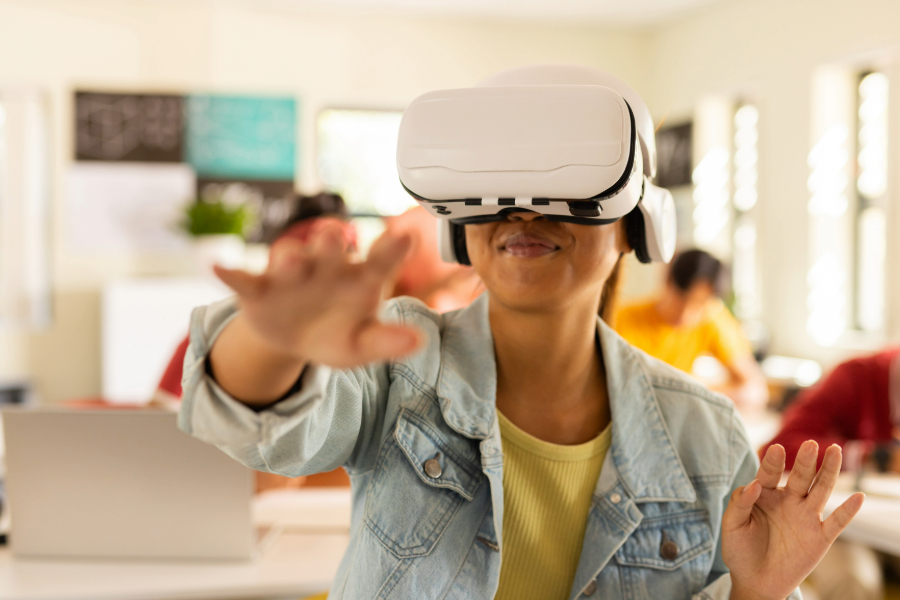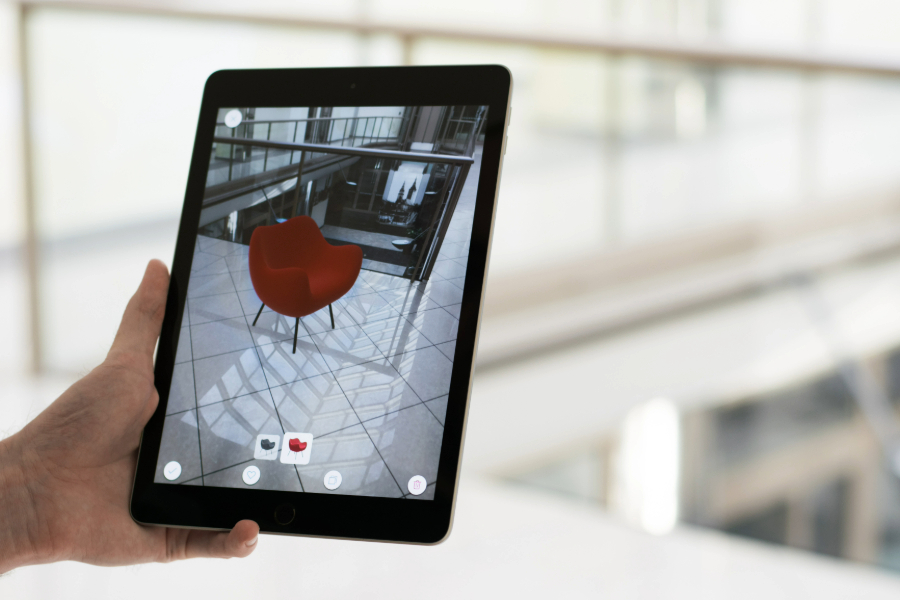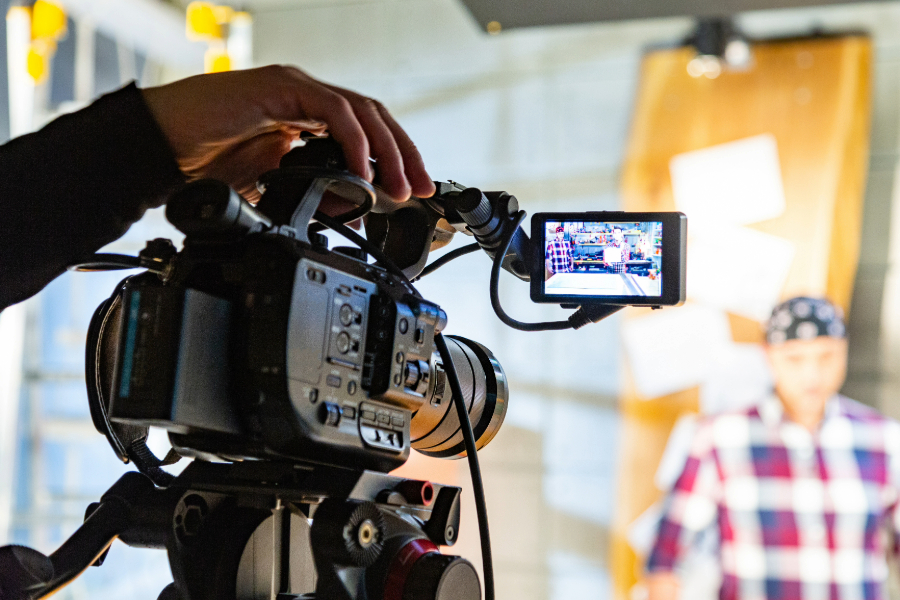Virtual reality (VR) technology has rapidly become a crucial tool in various fields, particularly in healthcare. Its impact on surgical training represents a significant leap forward in medical education, offering a blend of realism, safety, and flexibility previously unattainable through traditional methods. This blog delves into recent developments within virtual reality in healthcare for surgical training and highlights recent developments proving its effectiveness.
Recent Developments in VR Surgical Training
The past few years have seen remarkable advancements in VR technology, making it more accessible and effective for surgical training. Cutting-edge VR platforms now offer highly realistic simulations, allowing medical students and professionals to practice intricate surgical procedures in a controlled, virtual environment. These simulations are not only visually and tactilely realistic but also incorporate patient-specific anatomy derived from medical imaging, enabling personalized training experiences.
A notable development is the integration of haptic feedback in VR training, which provides tactile sensations, mimicking the feeling of actual tissues and organs. This advancement enhances the realism of the simulations, allowing trainees to develop a more nuanced sense of touch, crucial for delicate surgical procedures.
Another significant leap is the use of artificial intelligence (AI) within VR training programs. AI algorithms can assess the performance of trainees, providing instant feedback and personalized coaching. This technology also enables the simulation of a wide range of scenarios, including rare and complex cases, thus preparing surgeons for almost any situation.
VR Impact on Surgical Training
The effectiveness of VR in surgical training is supported by a growing body of research. A study by the Harvard Business Review reported that surgeons trained with VR were 230% more efficient in their procedures than those trained with traditional methods. Moreover, a research study published in the National Library of Medicine found that VR-trained residents performed 29% faster and made six times fewer errors compared to their traditionally trained counterparts.
These statistics highlight the significant advantages of VR training, including improved precision, speed, and overall performance in surgical procedures. Plus, VR training is cost-effective as it reduces the need for expensive resources like cadavers and allows for repeated practice without additional costs.
Future Prospects and Challenges
The future of virtual reality in healthcare, and particularly in surgical training, is promising, with ongoing research and development focused on enhancing realism and interactivity. The next frontier includes the integration of augmented reality (AR) for a more immersive training experience and the use of VR for remote training and telesurgery simulations.
However, challenges remain, including the need for more widespread adoption, overcoming initial costs, and ensuring the continuous updating of VR content to reflect the latest surgical techniques and discoveries. As this technology continues to evolve, its role in medical education and training is set to become increasingly integral, marking a new era in healthcare.
Are you looking for custom VR development? Reach out to our team to learn more about how we can help you accomplish your goals.




